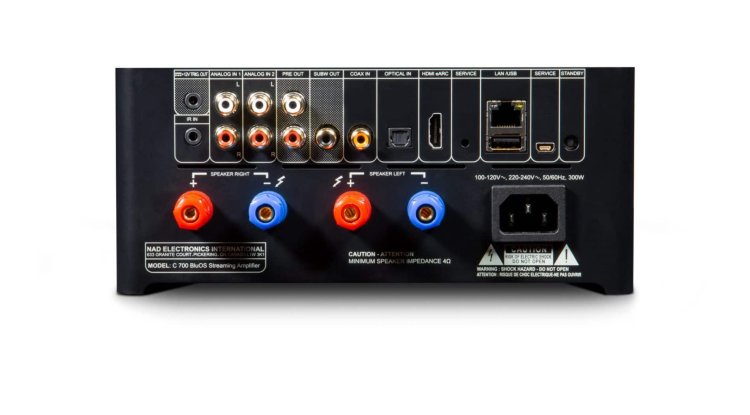Virtual Reality and Augmented Reality
Virtual Reality (VR) and Augmented Reality (AR) are two of the most exciting technologies in recent years. Both technologies offer a new way of experiencing the world, providing a level of immersion and interaction that was previously not possible. In this article, we will take a closer look at Virtual Reality and Augmented Reality, exploring what they are, how they differ, and their potential uses and applications.

What is Virtual Reality?
Virtual Reality is a technology that creates a computer-generated simulation of a three-dimensional environment that can be interacted with by users. VR is typically experienced using a headset, such as the Oculus Rift or HTC Vive, that completely covers the user's field of view, creating a fully immersive experience.
The user is able to look around and interact with the virtual environment in the same way they would in the real world. This interaction can be through hand-held controllers, or in some cases, through body movement, as in the case of VR systems that incorporate tracking sensors.
Virtual Reality is often used for gaming, providing a new way for players to experience games in a more immersive way. It is also being used for training simulations, allowing users to experience and learn about complex environments and scenarios in a safe and controlled environment.
What is Augmented Reality?
Augmented Reality, on the other hand, is a technology that superimposes digital information and media onto the real world. This can be experienced through a smartphone or tablet camera, or through special AR headsets, such as the Microsoft HoloLens.
In Augmented Reality, the user's view of the real world is augmented with digital information, such as 3D models, animations, and text. This information is placed in the real world, providing a new way of interacting with information and media.
AR is often used in gaming, providing a new way to play games that blend the real world with virtual elements. It is also being used in many other industries, such as education, architecture, and advertising, to provide new and innovative ways of experiencing and interacting with information.
The Differences between Virtual Reality and Augmented Reality
While both Virtual Reality and Augmented Reality offer a new way of experiencing the world, there are several key differences between the two technologies.
One of the main differences is the level of immersion. Virtual Reality provides a completely immersive experience, whereas Augmented Reality only augments the real world, rather than replacing it entirely.
Another difference is the way that the technology is experienced. VR requires a headset or similar device, while AR can be experienced through a smartphone or tablet camera, or through special AR headsets.
Finally, the use cases for Virtual Reality and Augmented Reality are also different. VR is often used for gaming and training simulations, while AR is used for gaming, education, and advertising, among other applications.
Also Check Lenovo Xiaoxin Pro 27, the first AIO with dedicated Intel graphics
Potential Uses and Applications of Virtual Reality and Augmented Reality
Both Virtual Reality and Augmented Reality have the potential to revolutionize many industries and change the way we experience and interact with the world.
In gaming, VR provides a new way to experience games, with the potential to create truly immersive gaming experiences. AR is also being used in gaming, providing new ways to play games that blend the real world with virtual elements.
In education, VR and AR can be used to provide new and innovative ways of teaching and learning. For example, VR can be used to create simulations of complex environments, such as the inside of a human body, allowing students to experience and learn about these environments in a safe and controlled way.





































